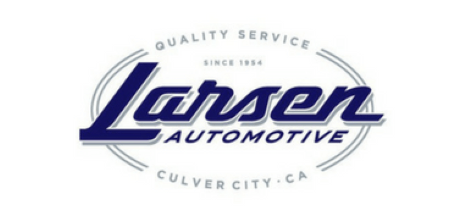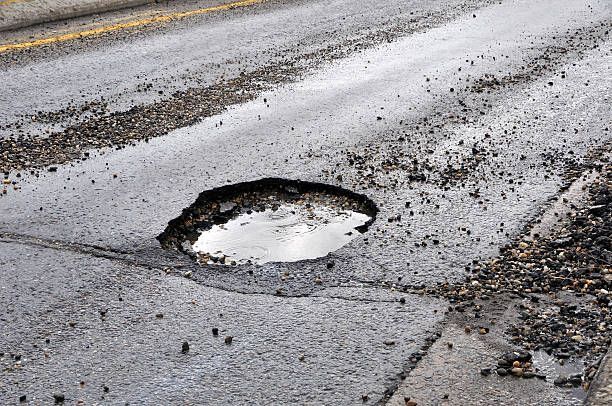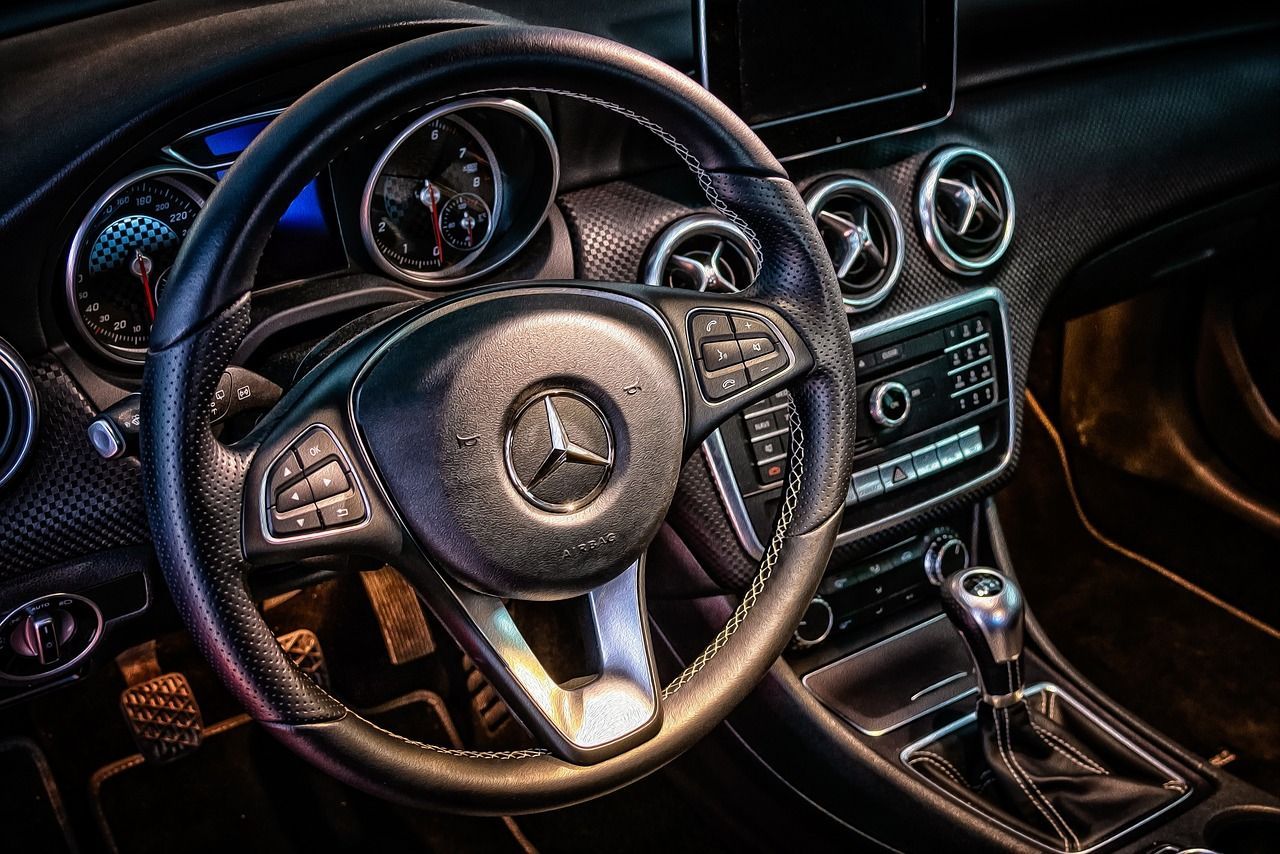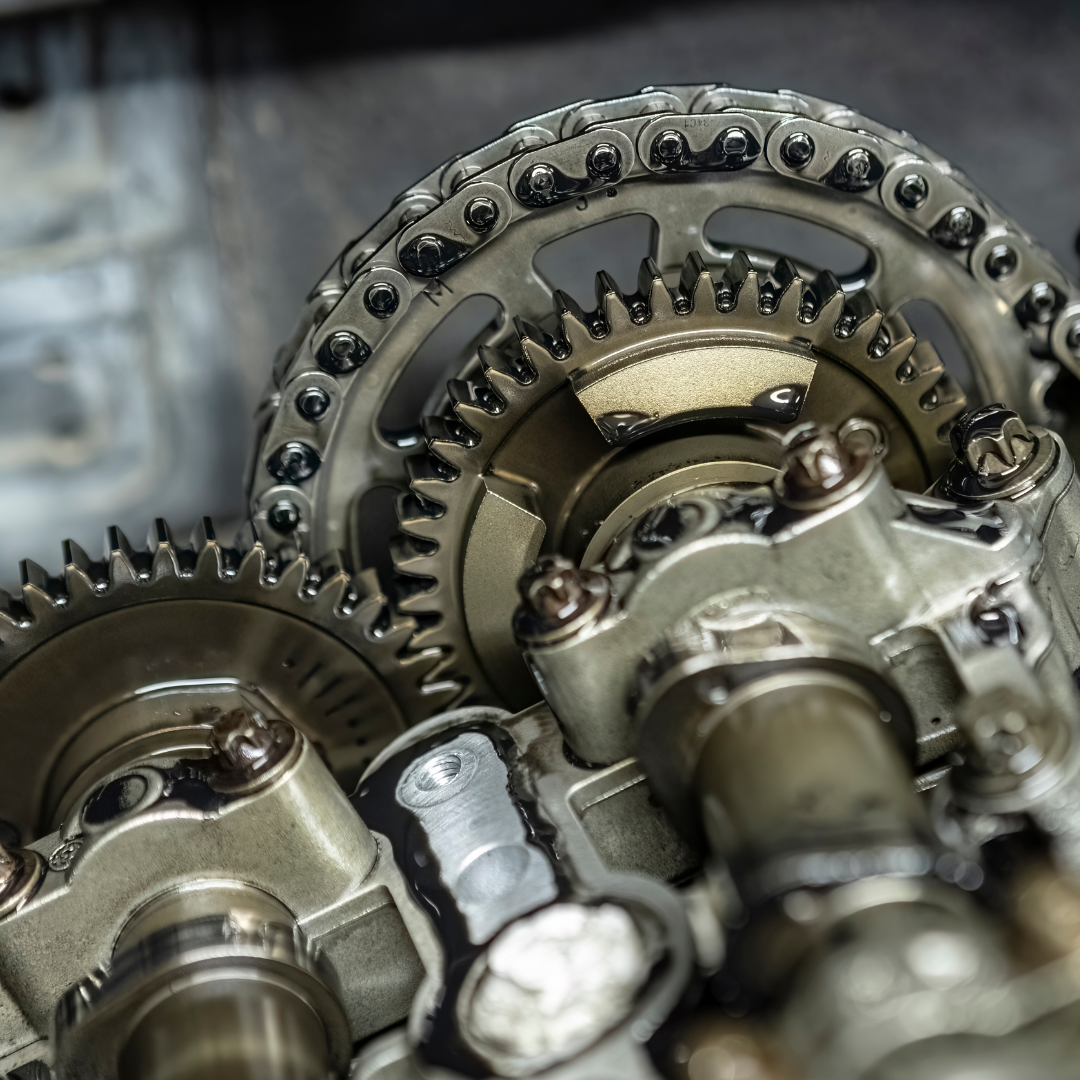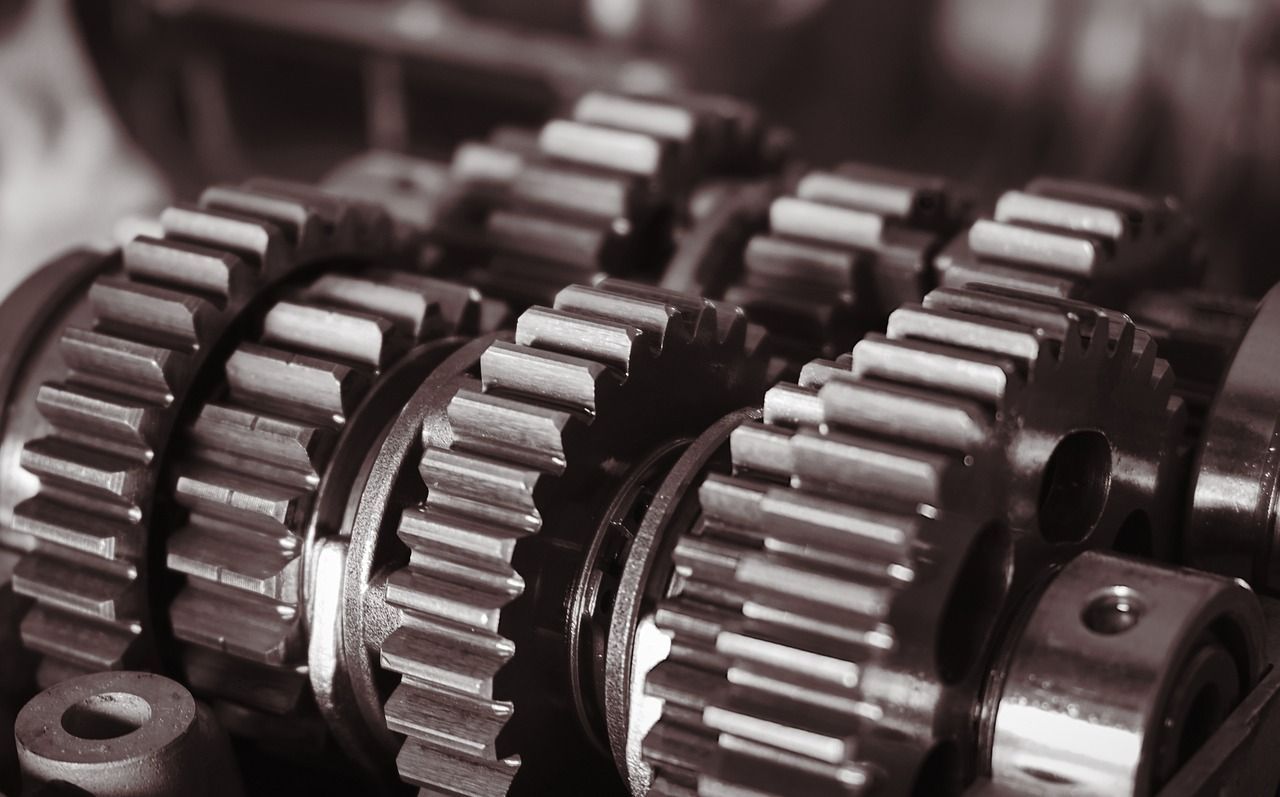The Science Behind Brakes: How They Work
Understanding the Mechanics and Safety of Your Vehicle’s Most Critical System
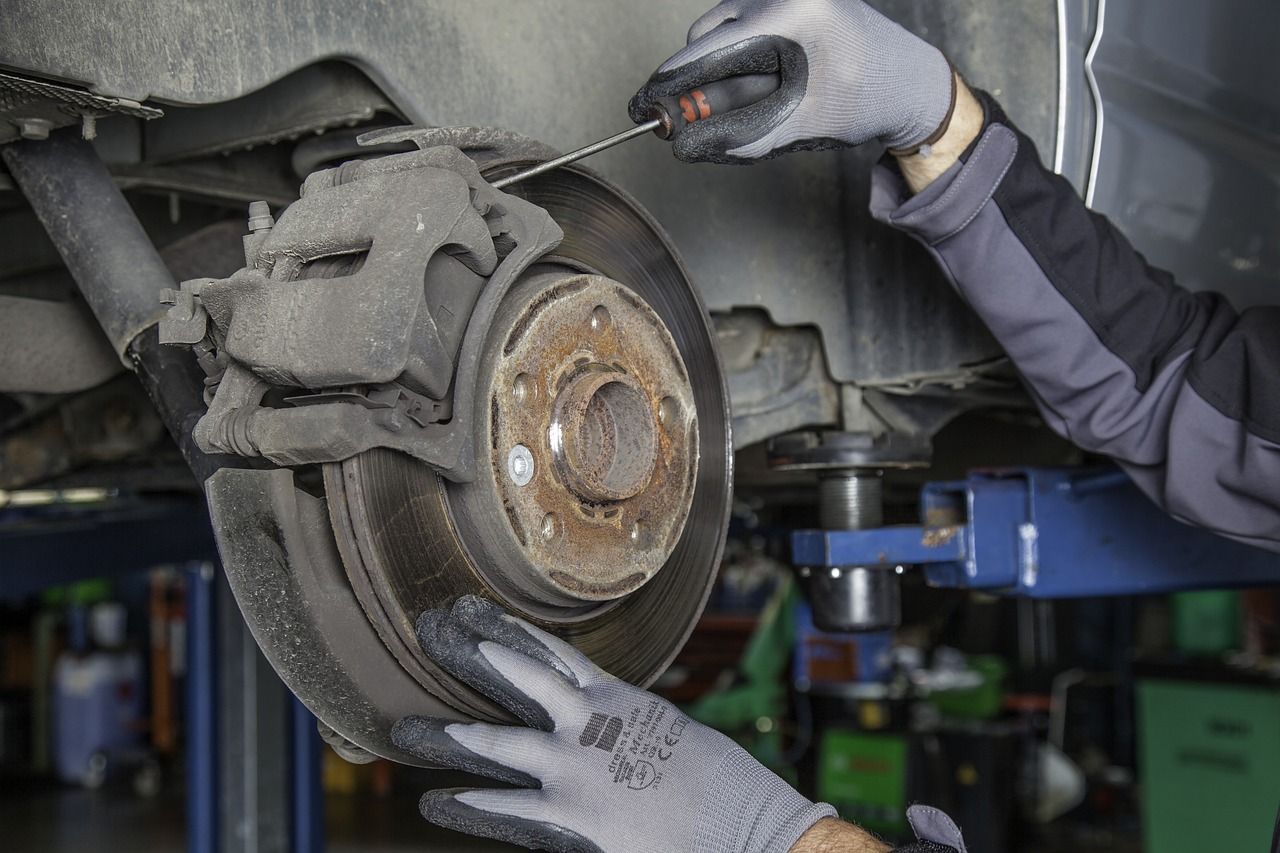
Knowing the brake system is crucial for all drivers, regardless of their car-related interests. Brakes are essential components that enable safe and effective stops on roads; therefore, understanding them is critical. At Larsen Automotive, we strive to educate our customers by performing scientific analyses on how brakes work so they can comprehensively comprehend their vehicle's operations. Our mission is to offer reliable driving experiences while ensuring your safety during travels!
Basic Components of a Brake System
Understanding its essential components is necessary to fully comprehend the brake system's intricate functioning.
Brake pads and shoes, which work in partnership with rotors or drums, create resistance and slow down your vehicle. Brake pads typically feature high-friction materials affixed to a metallic support plate, predominantly used in disc brakes. On the other hand, brake shoes specially designed to match drum contours serve an identical role within drum brakes.
Applying force to the rotors or drums using brake pads or shoes creates friction, which is necessary to bring a vehicle to a stop. Disc brakes have disc-shaped rotors, whereas drum brakes utilize cylindrical units called drums.
Both calipers and wheel cylinders activate the operation of brake pads and shoes. With disc brakes, hydraulic pressure from the caliper compresses brake pads against a rotor. Meanwhile, in drum brakes, wheel cylinders force shoes outwards towards drums, which then applies downward pressure onto them.
For the brakes to function effectively, the brake lines and hoses responsible for transporting brake fluid from the master cylinder to the calipers or wheel cylinders must be in excellent condition. Maintaining these components at optimal levels ensures unhindered hydraulic pressure transmission.
Types of Braking Systems
Vehicle braking systems can be classified into two main categories: disc brakes and drum brakes.
Disc Brakes: Modern cars' primary braking system consists mainly of disc brakes. Brake pads exert pressure on a wheel-connected rotor, establishing friction that gradually reduces the movement speed. Disc brakes have received widespread adoption thanks to their remarkable capacity for slowing down and dissipating heat efficiently, even in challenging situations or when carrying heavy loads.
Drum Brakes: Drum brakes are still commonly found on the back wheels of certain vehicles due to their cost-effectiveness and simplistic design. Although they do not dissipate heat as effectively as disc brakes, these brake shoes exert a force outwards onto a drum attached to the rotating wheel.
Disc brakes are the favored option for demanding situations owing to their reliable and high-functioning capabilities. Despite losing prominence in modern vehicles' front wheels, drum brakes are well-suited for certain rear braking requirements with lower demands. Acknowledging these distinctions helps individuals understand how brake systems perform differently according to their intended usage.
How Brakes Work
The Physics of Braking: Friction and Heat
Friction is the essential principle underpinning all braking systems. When a driver presses down on the brake pedal, pads or shoes come into contact with rotors or drums and produce opposing energy through friction. This generates heat that diminishes forward momentum, enabling vehicles to decelerate safely. For road safety regulations and superior braking performance, motorists must ensure optimal efficiency in executing this mechanism.
Hydraulic technology is essential in modern vehicles to produce the necessary pressure for effective brake pads and shoes. The process involves depressing the pedal, causing a master cylinder piston displacement that enables an increase of pressurized brake fluid through its pathways. This generates enough force for calipers or wheel cylinders to work efficiently and resultantly stop your vehicle smoothly with impressive capabilities. Thanks to hydraulic systems, even minimal effort from your foot can amplify braking power effortlessly - providing you with efficient brakes every time!
The master cylinder plays a crucial role in the functionality of hydraulic brake systems by converting your physical effort into hydraulic energy. Its primary function is to ensure uniform distribution of this immense force across all four wheels, ultimately resulting in reliable and equal braking performance. However, any malfunction within this fundamental mechanism may lead to reduced pressure output from brakes, compromising safe stopping or deceleration maneuvers.
Modern Brake Technologies
Anti-lock Braking System (ABS)
The primary function of the Anti-lock Braking System (ABS) is to prevent wheel lockup during aggressive braking, especially on slippery roads where tires may lose steering traction if they become locked. ABS operates by maintaining tire rotation and road grip through constant brake pulsing, resulting in improved brake efficacy and more proficient stopping of vehicles even at high speeds. ABS has significantly enhanced automotive security by introducing this technological innovation into vehicle safety standards.
Electronic Brake-force Distribution (EBD)
The Electronic Brake-force Distribution (EBD) system reinforces stability and shorter stopping distances by adjusting brake force distribution based on speed and load. EBD operates with the Anti-lock Braking System (ABS), enhancing overall control measures that improve safety through its effective braking performance.
Brake Assist and Autonomous Emergency Braking (AEB)
Brake Assist is a notable technological breakthrough that detects emergency braking occurrences and amplifies brake force to enable swift stops. It analyzes pedal pressure and speed and is highly efficient in elevating the brakes during abrupt halts to alleviate hazardous situations. However, Autonomous Emergency Braking (AEB) supersedes this feature with its sensor network capable of detecting potential hazards beforehand and executing preventive action when drivers fail to respond promptly. The combined operation of these advancements guarantees optimal safety measures as they considerably reduce the likelihood of rear-end crashes or other types of accidents from happening.
Common Brake Problems and How to Identify Them
Squeaking and Squealing Noises
If you notice a squealing or squeaking noise when applying brakes, it is likely that the brake pads have become worn and need to be replaced due to regular use. Furthermore, these noises may indicate some sort of interference between the rotor and the brake pads causing vibrations.
Vibrations and Pulsations
Warped rotors can damage braking effectiveness and cause further harm if left unattended. These defects are recognizable by vibrations or pulsations in the brake pedal, manifesting as inconsistencies in rotor-pad interaction, leading to vibration. Therefore, it is crucial to take prompt corrective measures upon identifying such problems.
Soft or Spongy Brake Pedal
If you observe that your brake pedal is flexible or spongy, it could indicate the presence of air in your brake lines or an issue with the hydraulic fluid. This possibility can significantly affect braking power and should be promptly prioritized for professional assessment. To effectively resolve this problem, a comprehensive brake bleeding coupled with proper inspection of fluid levels might do the trick.
Warning Lights
Modern cars come equipped with dashboard warning lights for brakes, indicating any issues within the brake system. These problems range from minor ones like low brake fluid to serious concerns such as worn pads or ABS malfunctions. You must conduct an immediate inspection of your brakes when this warning light turns on to avoid any potential hazards that may arise if these alerts go unnoticed by the vehicle's monitoring systems!
The Importance of Regular Brake Maintenance
Maintaining your vehicle's brakes ensures its safety and excellent performance. Neglecting this essential responsibility can lead to reduced braking power, increased wear on other components, and dangerous driving scenarios.
Extending the Life of Your Brakes
Ensuring the durability of your brake system requires regular maintenance. This involves frequent inspections and replacing worn-out components, including brake pads, scrutinizing rotors and drums for signs of damage, and verifying the proper functionality of hydraulic mechanisms. Implementing these measures can thwart unexpected malfunctions while reducing expenses associated with cumbersome repairs. Proactively maintaining the braking system protects smooth stopping and alleviates stress on related parts, leading to longer-lasting brakes overall in your vehicle's lifetime.
Ensuring reliable braking performance is essential to enhance roadway safety. Carrying out regular assessments allows for early detection of probable concerns, facilitating timely brake maintenance to ensure dexterity and swiftness when required. Consistent attention enhances vehicle maneuverability and promptness, bolstering one's driving self-assurance.
Professional Brake Services at Larsen Automotive
Larsen Automotive acknowledges the paramount significance of brakes for ensuring your vehicle's safety and stability. Our team, having ASE certification, possesses proficiency in managing various brake repair and maintenance services using skilled techniques and high-quality components—regardless of whether it involves rudimentary inspections or complex analyses. Our primary goal is to provide exceptional performance that advances road safety while rendering dependable aid around the clock. Picking Larsen Automotive will undoubtedly be a wise decision for incomparable automotive assistance!
From routine maintenance to emergency repairs, our experienced mechanics are always ready to provide top-notch service. Larsen Automotive is your premier destination for reliable auto repair solutions, staffed by a team of highly skilled mechanics you can trust. Over the years, we've cultivated a strong reputation as one of the most reliable auto repair shops in Culver City and surrounding areas, including Beverly Hills, Santa Monica, Inglewood, and Marina Del Rey. This reputation is built on our bedrock values of honesty, integrity, and fairness. If you seek expertise, meticulous attention to detail, and transparent communication, look no further than Larsen Automotive. To schedule your visit, make an appointment or call us at (310) 558-2115! We are conveniently located at 10707 Jefferson Blvd, Culver City, CA 90230.
